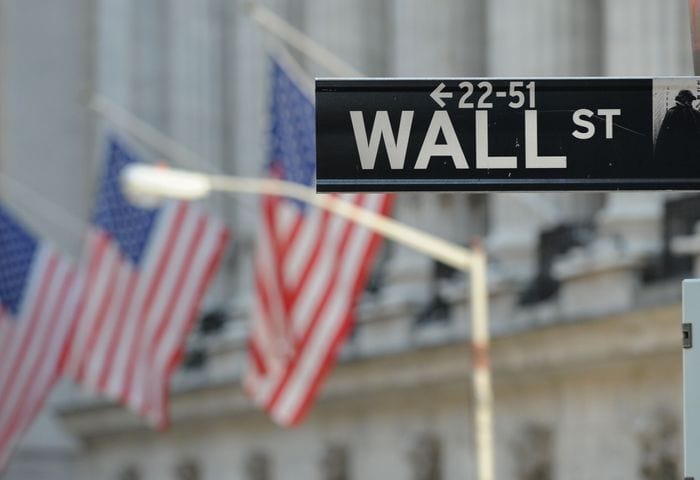Nasdaq Composite jumps 1%
U.S. stock indexes ended mostly higher after volatile trading on Wednesday after data showed April U.S. consumer price inflation cooled to the lowest annual rate in two years, though core inflation, excluding food and energy prices, remained high.
How stock-indexes traded
On Tuesday, the Dow Jones Industrial Average fell 57 points, or 0.17%, to 33,562, the S&P 500 declined 19 points, or 0.46%, to 4,119, and the Nasdaq Composite dropped 77 points, or 0.63%, to 12,180.
What drove markets
The main stock indexes mostly ended higher after choppy trade on Wednesday as investors digested data showing the U.S. consumer price index rose 0.4% in April, up from a 0.1% rise in the prior month, but over the past 12 months consumer inflation increased 4.9%, down from a 5% year-on-year increase in March. The annual rate is now the lowest since April 2021, while the number is still way above the Fed’s 2% target.
Economists polled by the Wall Street Journal had forecast the CPI increasing 0.4% and advancing 5.0% over the past year.
The core inflation rate rose 0.4% in April for the second straight month, in line with economists forecasts. For the year, the core inflation rate, excluding food and energy prices, increased 5.5% down from a 5.6% rise in March.
“The below 5% headline CPI number is a sigh of relief to a market on edge,” said Alexandra Wilson-Elizondo, co-head of portfolio management for multi asset solutions at Goldman Sachs Asset Management.
Traders hoped that the lower-than-expected inflation data may leave room for the U.S. central bank to refrain from raising interest rates further at its June meeting.
“The data today will be interpreted as not hot enough to force the Fed’s hand in June… We do not think this one data point will determine the outcome of the June FOMC meeting because we still have a string of economic data to process between now and then,” wrote Wilson-Elizondo, in emailed comments on Wednesday.
“The details of the print suggest that we are still a meaningful distance from the Fed’s 2% target, giving little reason for the Fed to cut this year.”
Investors priced in the Federal Reserve beginning to trim borrowing costs in coming months, a hope that is seen underpinning stocks of late and helping the S&P 500 index move towards the top of the 3,800 to 4,200 range its has held all year.
Fed funds futures traders boosted the likelihood of a July interest rate cut, seeing a 42% chance of a quarter percentage point cut that would take the fed funds rate down to 4.75% and 5%, after factoring in a pause at between 5% and 5.25% in June, according to CME FedWatch Tool
George Mateyo, chief investment officer at Key Private Bank, said Wednesday’s CPI report shows signs that inflation is slowing, which may give the Fed a chance to “pause and see where things fall out between now and summer.” However, the strength in the labor market means that the Fed is not going to consider pivoting or cutting rates, he said.
“We don’t think that [a Fed rate cut] is likely unless things really slow down in the labor market, or when things get markedly worse for the overall banking system,” Mateyo told MarketWatch in a phone interview.
However, corporate earnings so far have been stronger than expectations, which provide reasons for stocks to continue to move up, said Dec Mullarkey, managing director of investment strategy and asset allocation at SLC Management.
Company earnings reports on Wednesday included Roblox (RBLX), Wendy’s (WEN), and Icahn Enterprises (IEP) before the opening bell, and Walt Disney (DIS), Robinhood Markets (HOOD), and Beyond Meat (BYND) are due after the close.
Nevertheless, concerns around the U.S. debt ceiling debate in Congress linger and the market may start to trade in a fairly tight range, Mullarkey said in a call.
“The equity markets haven’t been showing a lot of concern yet, because everybody’s seen this before,” Mullarkey said. “But if you saw any blips there, if there’s any chance we run over and have any serious interruption, I think equities would sell out very quickly because some of the impact could be quite severe on growth,” Mullarkey said.

